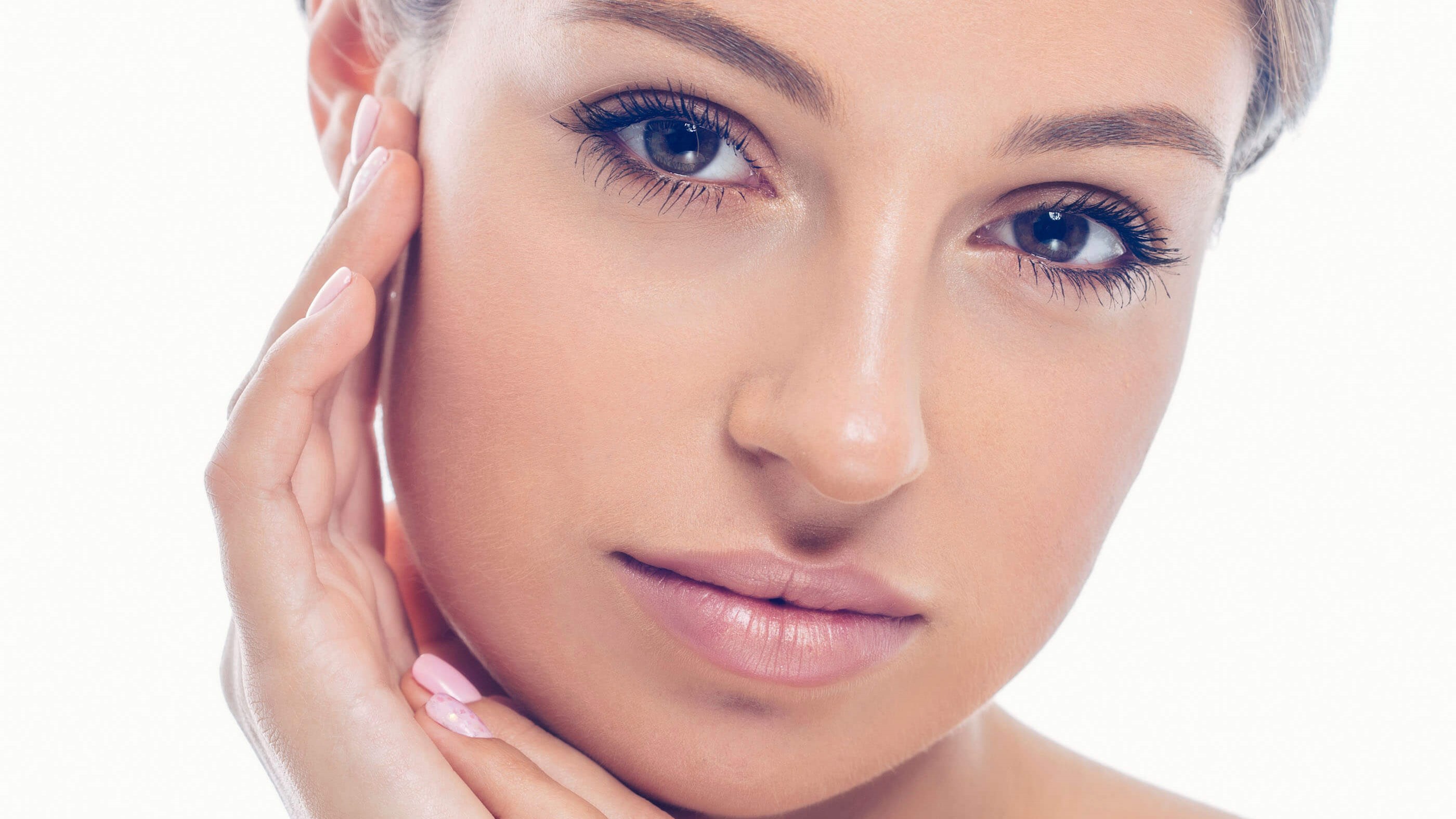Adult Acne vs. Teenage Acne
&srotate=0)
If you thought you could cross off the acne phase in your life once you got out of your teenage years, you were wrong. Adult acne is very common and generally requires a bit more TLC than teenage acne. Adult acne is usually caused by hormonal changes, stress, and environmental factors. Teenage acne is caused by genetic predispositions and hormonal changes when teenagers hit puberty and there’s a surge that results in increased sebum causing more breakouts. Adult acne is mostly seen around chin and jawline, while teenage acne can affect the full face, chest and back. One thing that significantly affects how we heal from these breakouts is our cell turnover rate. As we get older, that turnover rate slows down, and it becomes much harder to get rid of spots while avoiding scars. Teenagers have a much higher cell turnover rate, so although they may have bigger breakouts their skin heals faster than adults do. Their skin is more resilient, and the breakouts tend to level out once past the teen years.
Regardless of what category you fall in, there are a few helpful tips that will allow you to treat and prevent breakouts. A consistent skin care regimen is very important. Avoid picking or extracting these at home and instead go see a trained skin care therapist to help you. Fragrances and alcohol in your products should be avoided as these further dry out your skin and cause excess sebum production. Washing your face towels and pillow cases often, as well as sanitizing your cell phone and makeup brushes, will also help tremendously in avoiding unnecessary breakouts.
WHAT THE PLACEMENT OF YOUR BREAKOUTS SAYS ABOUT THEIR ORIGIN
Acne face-mapping is something that can allow us to understand the cause breakouts in order to make effective changes to help clear our skin. Along with an appropriate and consistent skin care regime, this information can help us understand why we keep breaking out, especially if these breakouts continue happening in the same place.
JAWLINE/CHIN: Breakouts here tend to be hormone related. This means they are very common in adult acne, especially after a menstrual cycle or during ovulation.
EDGES OF THE FACE: This can be product buildup. Whether it’s your nighttime regimen or your daytime one mixed with sunscreen and makeup.
CHEEKS: This can be due to a couple different things. It could be a sign of excess sugar consumption, so you may want to pay close attention to your diet. If you consistently get breakouts on one cheek vs the other pay attention to which side of the face you favor to sleep on and which side you favor to talk with on the phone. Regularly disinfecting your phone and washing sheets and pillow covers helps reduce breakouts.
FOREHEAD: Breakouts in this area of the face tend to be linked to digestive issues. It can mean your body is having a hard time breaking food down. It can also be due to sleep deprivation or stress.
T-ZONE: This is middle of your forehead, nose, and chin. These areas of your face produce more oil and therefore are prone to blackheads and breakouts. Because the pores are also larger in these areas, the type of makeup we use can contribute to clogging your pores.
The bottom line: Acne face mapping is an easy and useful at home tool to better understand why we are breaking out. Regardless of where your breakout is, it’s best to consult a professional who can customize a skin care regimen that targets all your areas of concern. At Gordon Plastic Surgery, not only do you get an assessment with a board-certified plastic surgeon, but also from a certified aesthetician and skin specialist. Together, they will come up with a personalized skincare routine and treatment plan specific to your needs.